Borrowing heavily from Jilber, I offer a slight variant. Here, the stress is on that it might be better to deal with actual time-series objects, since that will generally let you somewhat automatically get the types of output you might be interested in. Geektrader shows you how to do this with the "xts" package, but you can also do some similar things with base R.
Here's the modified version of Jilber's sample data, where I've converted it to a ts object.
set.seed(1)
DF <- data.frame(2000:2009,matrix(rnorm(50, 1000, 200), ncol=5))
colnames(DF) <- c('Year', paste0('Country', 2:ncol(DF)))
DF.TS <- ts(DF[-1], start = 2000, frequency = 1)
DF.TS
# Time Series:
# Start = 2000
# End = 2009
# Frequency = 1
# Country2 Country3 Country4 Country5 Country6
# 2000 874.7092 1302.3562 1183.7955 1271.7359 967.0953
# 2001 1036.7287 1077.9686 1156.4273 979.4425 949.3277
# 2002 832.8743 875.7519 1014.9130 1077.5343 1139.3927
# 2003 1319.0562 557.0600 602.1297 989.2390 1111.3326
# 2004 1065.9016 1224.9862 1123.9651 724.5881 862.2489
# 2005 835.9063 991.0133 988.7743 917.0011 858.5010
# 2006 1097.4858 996.7619 968.8409 921.1420 1072.9164
# 2007 1147.6649 1188.7672 705.8495 988.1373 1153.7066
# 2008 1115.1563 1164.2442 904.3700 1220.0051 977.5308
# 2009 938.9223 1118.7803 1083.5883 1152.6351 1176.2215
Now, here are two basic plotting options:
# Each country in a separate panel, no legends required
plot(DF.TS)
# All countries in one plot... colorful, common scale, and so on
plot(DF.TS, plot.type="single", col = 1:ncol(DF.TS))
legend("bottomleft", colnames(DF.TS), col=1:ncol(DF), lty=1, cex=.65)

